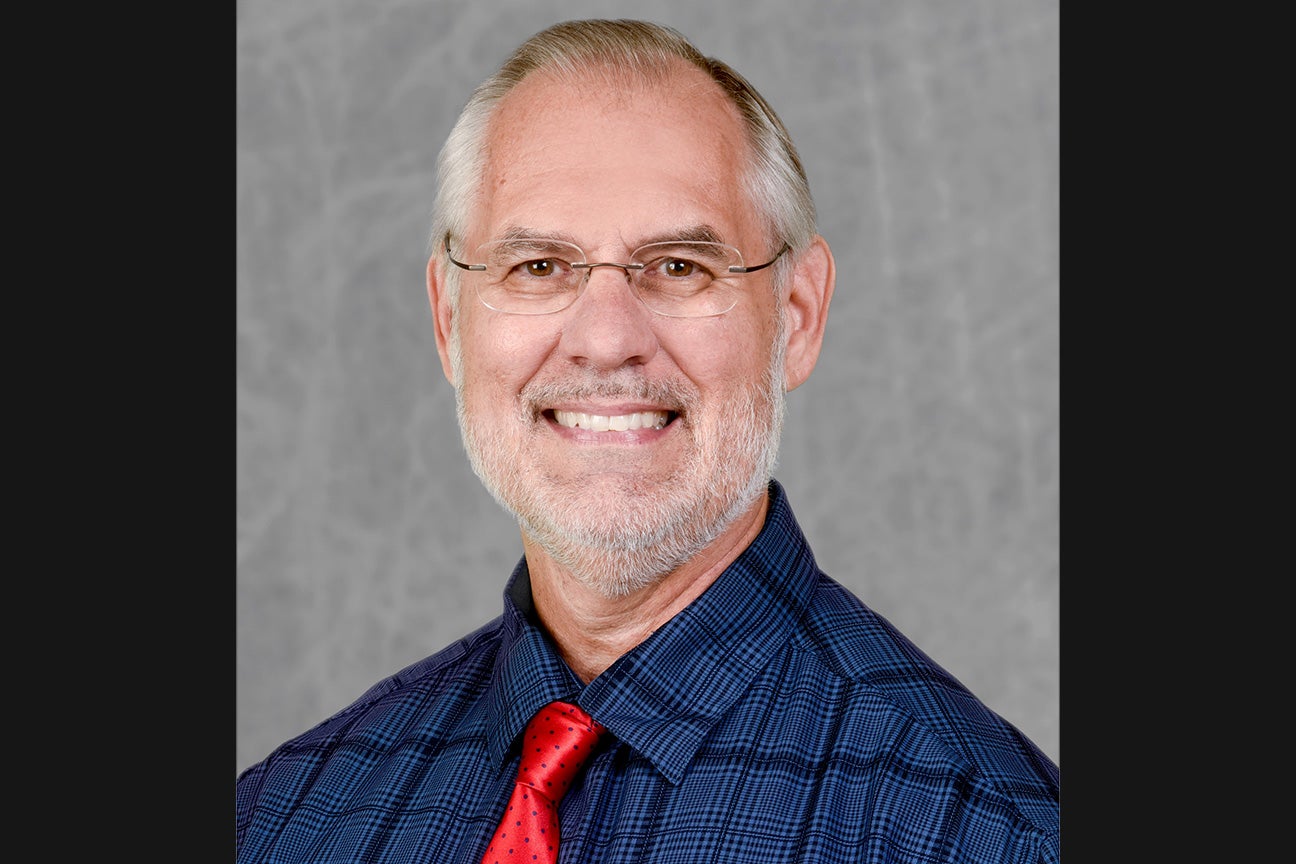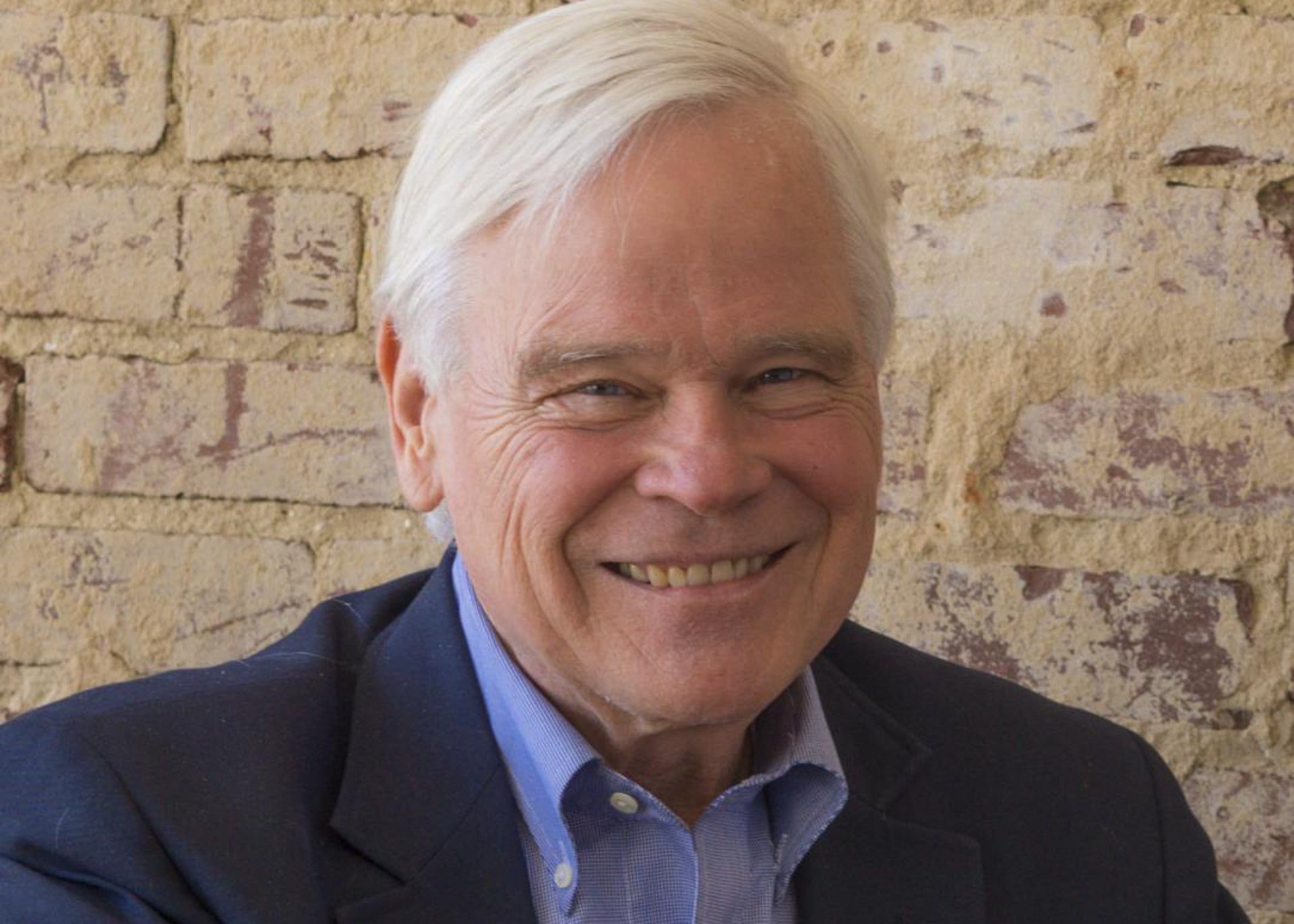You Decide: Was popping the mileage fee balloon a good idea?
Published 10:41 am Saturday, April 17, 2021

- Dr. Mike Walden
|
Getting your Trinity Audio player ready...
|
By Dr. Mike Walden
There’s a concept in politics called a “trial balloon.” It’s a way to test the support for a policy idea before it is formally proposed. A trial balloon is usually presented to the media by a high government official – but not the highest, such as the president or a governor – who says the idea is being considered.
If the public response to the trial balloon is positive, that tells the government official the idea may be popular. If the response is tepid or strongly negative, then it may be time to burst the balloon and shelve the idea.
We recently saw a good example of a trial balloon in Washington. As the Biden Administration’s infrastructure plan was being developed, Transportation Secretary Pete Buttigieg told a reporter the idea of a mileage fee to help pay for infrastructure was being discussed. A mileage fee means drivers pay some amount, like 2 or 3 cents, for every mile driven.
The public reaction was largely negative. When the administration’s infrastructure legislation was introduced, there was no mention of mileage fee. The mileage fee trial balloon had been popped.
The question is, was popping the mileage fee balloon a good idea? Before answering, some background is required. The gasoline tax paid by drivers has long been the dominant way of financing and maintaining roads. Economists call the gas tax a “user fee.” A user fee simply means a person directly pays for what they use. Traditionally, the gas tax was viewed as the perfect user fee. People who drove more bought more gasoline, and therefore paid more taxes for expanding and maintaining highways.
Yet in recent decades the gas tax financing method has developed several cracks. The federal rate has not been adjusted for inflation in almost 30 years, meaning the tax collected per gallon has dropped 75 percent in purchasing power. Compounding matters is over the same time period the efficiency of gasoline powered engines has increased, meaning each gallon of gas results in more road usage.
The biggest challenge is the development of new fuels. Hybrids, all-electric vehicles and maybe hydrogen vehicles in the future each escape some or all of the gas tax. Some states charge a flat fee on alternative fuel vehicles in place of a gas tax. However, there’s no necessary relationship between the fee and miles driven.
This is where the idea of a mileage fee comes in. A mileage fee would apply to all vehicles, regardless of how they’re fueled. Also, recognizing that heavier vehicles create more wear and tear on roads, most proposals for a mileage fee would scale the per-mile fee higher for heavier vehicles.
Then why was the Biden Administration’s trial balloon for a mileage fee discarded? There are a couple of reasons. First, there was no indication the mileage fee would replace the gas tax. The implication was the mileage fee would be in addition to the gas tax. My view is more people would be sympathetic to a mileage fee if they saw it as the successor to the gas tax and not just piling on top of it.
The second issue is privacy. Even accepting the logic behind the mileage fee, people worry their movements will be tracked and their privacy invaded when the government collects information on our travel. I heard these concerns loud and clear during the two years I served on the NC FIRST (Future Investment Resources for Sustainable Transportation) Commission. Although experts say travel information associated with a mileage fee would be absolutely private, I understand that many are skeptical of these assurances.
Analysis shows we are facing financial shortfalls for future transportation projects, both at the federal and state levels. If the gas tax is inadequate and the mileage fee is not acceptable, then where will the money come from?
There are two possibilities. One is to privatize roads and have users pay for them. In other words, turn highways into toll roads. This has already been tried in North Carolina and numerous other states with some new road construction. Cameras identify drivers using their license plates and charge them for the time they are on the road. However, many drivers may still worry about their privacy.
The second solution is to keep roads publicly owned, but to move away from the user fee concept for financing construction and maintenance. Instead, turn to some broader, more general forms of taxation that aren’t directly tied to highways.
The second method is how the Biden Administration would finance part of their infrastructure plan (although the Biden plan includes more than roads). Much of the plan would be paid with higher business taxes, especially on corporations. At the state level, some states, like Virginia, are tapping into their general sales revenues to support road spending.
We all directly or indirectly rely on roads, but paying for them is controversial. The recent trial balloon in Washington for a mileage fee is a good example. Still, my guess is decades in the future, financing of roads will be much different. You decide how.
Dr. Mike Walden is a Reynolds Distinguished Professor Emeritus in the Department of Agricultural and Resource Economics at North Carolina State University.
FOR MORE COLUMNS AND LETTERS TO THE EDITOR, CHECK OUT OUR OPINION SECTION HERE.





